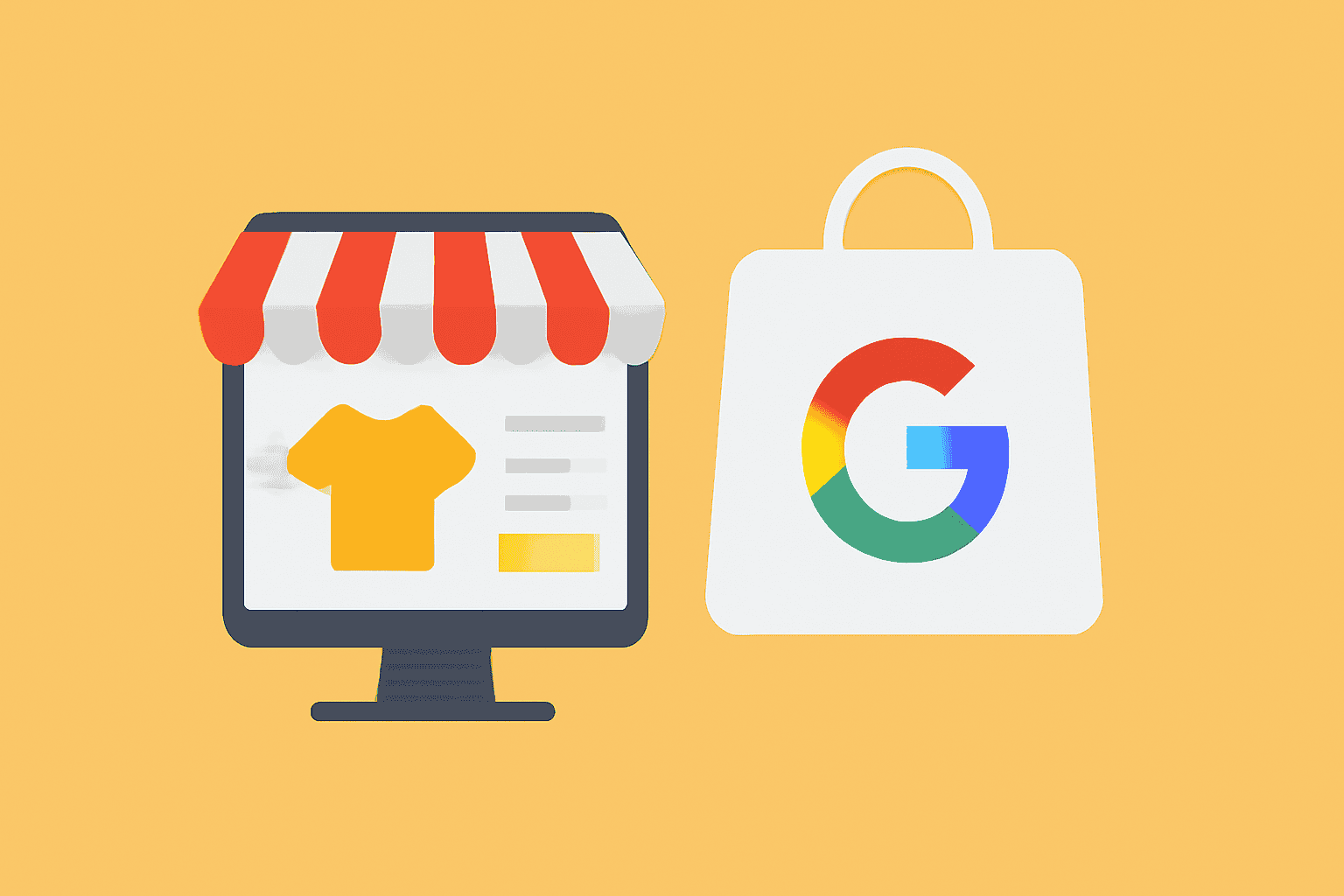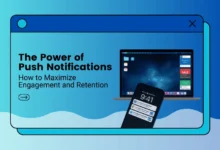Guide to Marketing

Marketing is the process of promoting products and services. It entails targeting specific audiences with content tailored to them. Businesses can utilize article marketing to increase brand recognition, drive traffic to their website, generate leads, and boost their ROI.
Marketing can also be used to gather customer data. This helps companies better understand customer needs and enhance product quality.
Promoting a product or service
Marketing is the practice of promoting a product or service to increase sales, including researching and selecting a target market, setting prices accordingly, delivering products or services directly to the customer and maintaining relationships.
A company may utilize email campaigns or social media posts as part of their promotion campaign – marketing is essential for every successful business venture!
Every form of marketing offers different advantages and disadvantages. Some types are more cost-effective while some are more effective at reaching potential clients.
Personal selling involves face-to-face communication with potential customers that can be costly but result in higher sales figures. Other forms include email campaigns, social media marketing and website design. Working with a professional agency like Magnetic Marketing can help ensure you utilize the most effective techniques for your business. This can help you make the most of your marketing budget.
Direct marketing targets specific groups of potential customers with pamphlets and coupons while electronic marketing displays product information via TV or radio broadcasts – making this approach much more efficient than direct marketing since it reaches more people quickly.
Event marketing, which typically entails events like trade shows or seminars, is another type of promotion used to target a specific location and reach new prospective clients and network with current ones. Event marketing also makes a fantastic addition to a company’s marketing plan and strategy.
Marketing is an expansive field that spans numerous businesses and industries, from industrial goods manufacturing and distribution, retail goods sales, service sales and even the promotion of ideas, places and people (more commonly referred to as brand marketing).
Attracting and retaining customers
Marketing refers to all activities undertaken by businesses to attract and retain customers, from advertisements and creating content to developing a social media strategy and event planning to market research. You can visit this site to learn more.
Marketing seeks to engage its target market through attractive messages that convince them to purchase its products or services.
Retaining customers is the cornerstone of business success, helping increase profits and build brand loyalty. To do this, offer customers an unforgettable experience that sets your product apart from its competition – such as through effective messaging, targeted ads or special discounts or promotions.
In the past, marketers would rely on various tactics to reach consumers – billboards, newspaper and magazine ads, mail campaigns – but nowadays digital methods like social media, email and search engine optimization (SEO) are increasingly popular with marketing professionals.
Marketing includes networking with both potential and current clients. This may involve meeting them for coffee or lunch, sending thank-you emails quickly after interactions, returning calls or emails quickly or attending trade shows and industry events. You can click the link: https://www.helpguide.org/articles/relationships-communication/job-networking-tips.htm for more information.
Attracting and retaining customers involves several steps that can be examined using a marketing funnel. It allows companies to pinpoint any areas where there may be bottlenecks that need addressing as well as calculate what percentage of customers move between stages.
The marketing funnel is a term used to illustrate how potential customers move through the purchasing process with any given business. It includes three stages – acquisition, interest and consideration and conversion and loyalty.
Consumers may move freely between stages depending on their needs or education levels about products and services they’ve learned about; they may navigate it alone or with a group of people.
At the acquisition stage of your marketing funnel, consumers become aware of your company through various channels, such as social media campaigns, paid ads or organic content creation.
Once consumers understand their need and research the optimal solution to address it, they move into the interest and consideration stage of the marketing funnel. Here, brands can use content like blogs posts, infographics and resource guides to drive demand and generate leads for themselves.
In addition to this approach they may use various lead nurturing tactics like emails or phone calls to further educate potential consumers about their products.
Companies should give consumers sufficient information about their product or service to help them make an informed decision, such as reviews, demonstration videos, webinars and other educational materials. Companies could even offer incentives such as discounts or free shipping.
Converting leads into customers is at the core of the marketing funnel. Most businesses succeed at this step by providing personalized content and relevant promotions; for instance, if a customer visits an online retailer’s site twice and browses similar items both times, they could receive an email offering them a discount when they return next time around. You can learn more about cookies, the tool that makes this possible.
Acquiring new customers can be costly for businesses, so optimizing the marketing funnel for maximum profit is crucial. This involves conducting an in-depth analysis of your target market and audience segments’ needs before crafting an engaging journey from awareness through purchase and beyond that will improve customer experiences and boost brand recognition among both newcomers and existing consumers alike.
You should then implement marketing strategies designed to increase overall revenue and growth.
Marketing helps businesses foster long-term relationships with existing customers by building trust through consistent product and service quality and increasing revenue over time.
Building a brand
Marketing helps businesses identify target audiences more accurately while helping determine how best to position products or services offered for sale or promotion.
The four Ps of marketing are product, price, place and promotion – these four elements play a vital role in whether or not a product will succeed in its marketplace.
Businesses can improve product quality through market research which helps meet consumers’ needs and wants more effectively. Marketing also allows companies to establish strong brand identities that set them apart from rival companies.
There are various approaches to marketing a product or service, and each has their own set of advantages and disadvantages. Online marketing, known as inbound marketing, can help promote a company website by increasing search engine visibility – this form of promotion can also attract new customers more effectively than other forms of advertising.
Establishing a brand begins with developing a clear vision and mission statement for your company, to serve as the cornerstone for all future decisions and ensure its goals remain on target.
Brands build trust among customers and foster positive associations between themselves and the business they represent. When successfully developed and deployed, strong brands attract new customers while simultaneously increasing sales leads and referrals. Successful branding tactics may include logos, slogans, and other visuals.
Perform competitor research to ascertain what sets you apart from your competition and identify what distinguishes yours from them. Doing this allows you to understand what competitors are doing that you are not, enabling you to learn from their mistakes while avoiding their own blunders.
Once your research is complete, create a list of core brand assets that are consistent across all channels. This may include fonts, imagery, color palettes and the tone of voice for your brand. Be sure to select an approachable tone of voice that echoes with its personality, as well as an iconic logo design to help set you apart from competitors.
In addition, creating an active social media presence is integral for remaining relevant within its target community and communicating with followers.
Finally, creating a comprehensive marketing plan with all available resources and budgets should help guarantee its long-term success; such plans should also outline when your goals can be achieved.
Making a sale
Marketing plays an essential role in all economies and societies alike and is used by both profit-minded businesses as well as non-profit organizations alike.
Marketing strategists need to understand what motivates their target audience for sales to be made successfully. To do this, begin by identifying your target audience and their needs before exploring how your product meets those requirements. Once complete, write out your unique selling proposition (USP) so it can guide the creation of messages targeting them.
Once you know what it is that you’re selling, the next step should be identifying who your audience is. For instance, if you sell children’s bicycle helmets, your target audience might include parents in their 30s or 40s looking to ensure the safety of their children. Decide how best to reach out and connect with this target market through traditional ads, social media campaigns or in-person events.
Once you’ve identified your audience, it’s time to make the sale. This can be an extensive process when selling to businesses; meetings, pitches, presentations, emailing back and forth and negotiation may all play a part before reaching an agreement is finally made.
But once successful sales have been made it will all have been worth your while as satisfied customers serve as invaluable advertising mediums and are likely to return again and again in future purchases.









